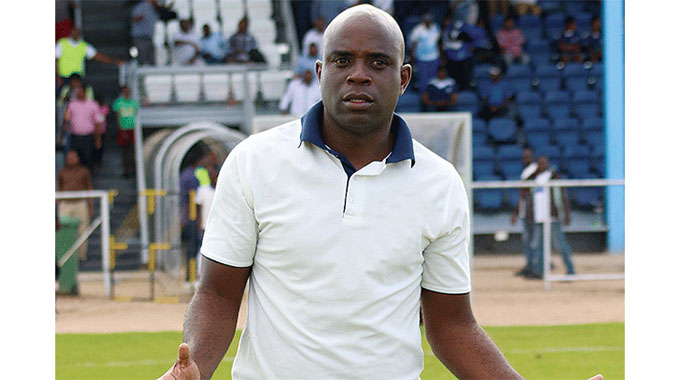IPPs power output up 56pc to 99GWh

Business Reporter
Zimbabwe’s independent power producers (IPPs) contributed 98,51 GigaWatt Hours (GWh) into the national grid in the first quarter of 2022, after significant increase in output, representing 4 percent of the total, latest figures from a Treasury update show.
The IPPs increased power production by 56,1 percent in the quarter under review from the 63,1GWh generated in the first quarter of 2021. The increase is attributed to new players who started producing and supplying the grid during the period under review.
Out of the 13 registered IPPs, Zimbabwe Zhongxin Electrical Energy (ZZEE) in Hwange contributed 43,51 GWh, representing 44,17 percent of the total IPPs power while Pungwe B supplied 26,12 GWh, representing 26,52 percent of that.
Renewable energy expert Lennox Madzamba said, “We are happy to see such progress in the renewable energy sector especially when they contribute to the national grid. It is testament that when policies are pro development, money will flow in and rescue the situation.”
He added that what was now needed was for the sector to complete the projects and produce electricity at their maximum in order to reduce the burden on Hwange and Kariba.
There was notable improvement in the generation of electricity with the Zimbabwe Power Company (ZPC) producing a total of 2 168,8GWh, representing 15,04 percent output above a quarterly target of 1 885,30GWh.
This surge in output is mainly attributed to improved reliability and plant optimisation at Hwange Thermal Power Station and increased generation at Kariba Power Station.
Treasury said, “Hwange (Power Station) generated with four units for the bulk of the quarter while all eight units at Kariba were available for peak generation on most days.”
The small thermal power stations missed their target of 47,50GWh by 45,17 percent due to lack of coal stocks and low plant availability which resulted in the stations shutting for a total of 142 days during the quarter.
Kariba Power Station contributed 70 percent of ZPC’s total energy production in the period under review, 4 percent of which was exported to NamPower. Hwange Power Station contributed 29 percent while the Small Thermals only contributed 1 percent to the total energy production.
Kariba Power Station contributed more than planned as it was ramped to meet high system demand and compensate for low generation at the small thermal stations.
“Although, the Hwange 7 and 8 expansion project has faced delays predominantly caused by the Covid –19 pandemic, the project is proceeding smoothly and is on course to commission Unit 7 at the end of November this year, while unit 8 is expected to feed into the grid in April 2023. The project is currently at 88 percent complete,” the statement read.
According to recent reports plans to repower Bulawayo Power Station are on course with ZPC and BCC having initiated negotiations on ownership issues and the matter has since been escalated to the Ministry of Local Government, Public Works and National Housing for assistance.











Comments